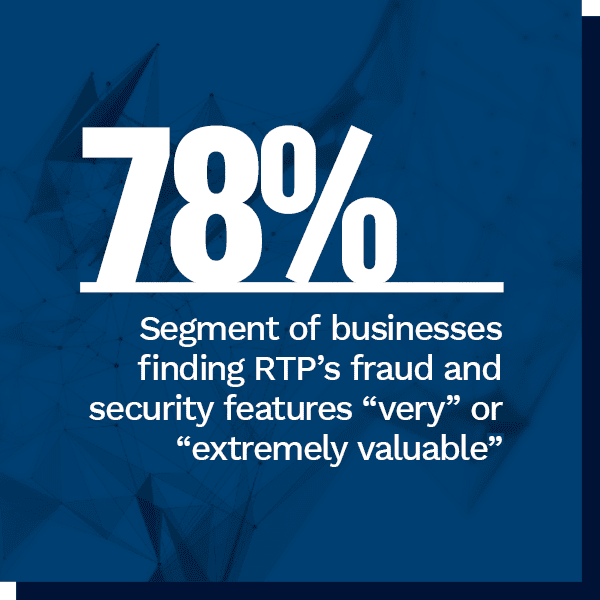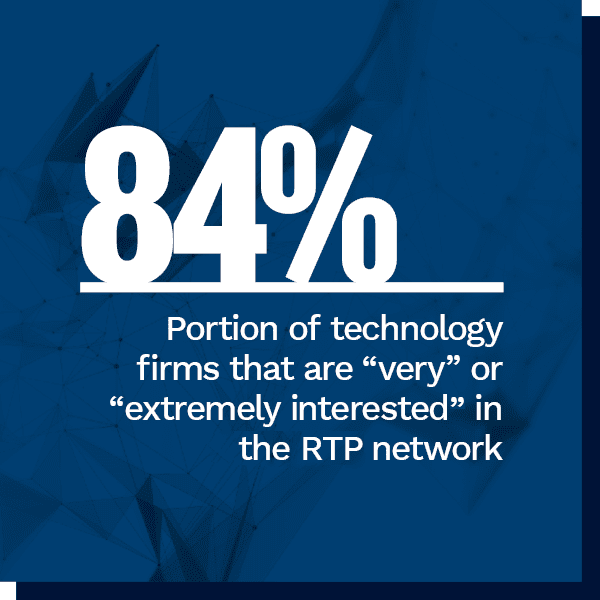Control Vs. Convenience Shapes Debate As FIs Adopt Faster Payments

 The benefits of instant payment services are gaining attention from companies that want to be able to transact with better visibility and cash flow information.
The benefits of instant payment services are gaining attention from companies that want to be able to transact with better visibility and cash flow information.
Enabling rapid-fire transactions to become the norm requires a critical mass of banks and credit unions (CUs) adopting these rails, however. Corporate buyers that bank with financial institutions (FIs) that do offer real-time payments will otherwise be left guessing as to which vendors have FIs that permit them to accept the funds. This friction and limited usability could seriously impede companies’ payments experiences with the rails.
Getting on board with a new payment system — especially one that sends funds irreversibly and in real time — requires FIs to make many changes to internal processes like fraud-fighting s trategies. They also have to decide how to connect with the rails, and small FIs may have few IT personnel or smaller budgets to designate to such investments than their larger counterparts, making these upgrade decisions particularly fraught. The December Real-Time Payments Report examines the factors that help small FIs determine whether to forge direct application programming interface (API) integrations with payments rails or connect via third-party providers.
trategies. They also have to decide how to connect with the rails, and small FIs may have few IT personnel or smaller budgets to designate to such investments than their larger counterparts, making these upgrade decisions particularly fraught. The December Real-Time Payments Report examines the factors that help small FIs determine whether to forge direct application programming interface (API) integrations with payments rails or connect via third-party providers.
Around the World Of Real-Time Payments
Retailers frequently need to hire seasonal workers to help keep up with demand during the holiday shopping season. Delivering rapid payroll could help employers stand out from the pack when recruiting temporary workers, said Steve Ledford, senior vice president of products and strategy at United States payments company and banking association The Clearing House (TCH), during a PYMNTS interview. Ledford explained how TCH’s RTP® network could enable employers to disburse payroll instantly.
The U.S. is not the only playing field for faster payments, and governments around the globe have been pushing to launch and expand similar offerings. Payments Canada — the country’s payments clearing and settling operator — announced that it has selected a key vendor to help develop its forthcoming Real-Time Rail (RTR), for example. That vendor will handle the clearing and settling element of the payments system, and Payments Canada continues to finalize selection of a party that will provide the exchange component.
Singapore already has an instant payment system, and the Monetary Authority of Singapore has made moves to encourage greater use. The organization is now permitting nonbank FIs that hold the proper licenses to access the rail. This update is likely to enable consumers to use real-time payments to deliver funds among different digital wallets and between wallets and bank accounts.
Find more about these and the rest of the latest headlines in the Report.
The Debate Guiding FIs’ Real-Time Rail Adoption Decisions
FIs must be careful when deciding on payments rail adoption strategies that suit their needs best. Banks and CUs that cannot or do not want to undergo the work of integrating with rails’ APIs as well as passing through certification tests may elect to gain access through third-party providers instead, for example.
Other FIs may opt to connect directly because doing so gives them more control over how they use the rail now and for use cases that may emerge in the future, explained Jesse Honigberg, technology chief of staff at community bank Cross River. In the Feature Story, Honigberg explains the factors that inspired Cross River to connect directly and what it takes to make such an undertaking manageable.
Deep Dive: How Small FIs Navigate Rail Implementation Hurdles
Meeting business clients’ demands for rapid payments can be tricky, and FIs may need to modernize many processes as well as decide between forging direct rail access or tapping third parties to help them connect. Small FIs confronting these decisions often have limited resources with which to invest in new undertakings, and so they must be especially cautious when making such choices.
The Deep Dive investigates what FIs are considering when determining their rail adoption strategies.
About The Report
The Real-Time Payments Report, a PYMNTS and The Clearing House collaboration, examines how small FIs choose between direct API integrations and third-party provided connections when implementing instant payment rails.